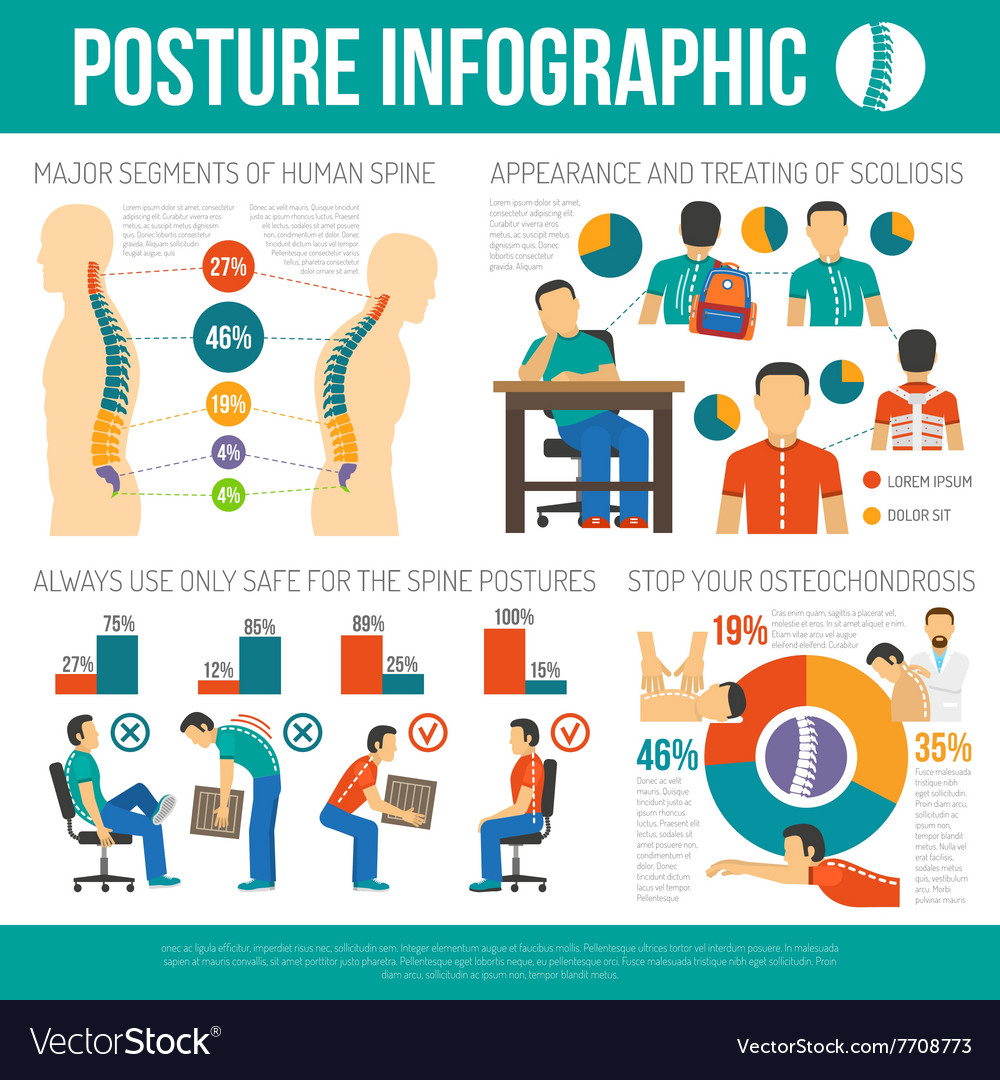Tackle Back Pain By Discovering The Day-To-Day Habits That Might Be Creating It-- Simple Adjustments Might Result In A Pain-Free Way Of Living
Tackle Back Pain By Discovering The Day-To-Day Habits That Might Be Creating It-- Simple Adjustments Might Result In A Pain-Free Way Of Living
Blog Article
Produced By-Carstensen Dempsey
Maintaining correct pose and staying clear of common pitfalls in day-to-day tasks can dramatically affect your back health. From how you rest at your desk to just how you raise heavy items, tiny modifications can make a big distinction. Imagine a day without the nagging pain in the back that impedes your every step; the service may be easier than you assume. By making a couple of tweaks to your day-to-day behaviors, you could be on your way to a pain-free existence.
Poor Stance and Sedentary Way Of Living
Poor pose and a less active lifestyle are 2 major contributors to back pain. When you slouch or inkling over while sitting or standing, you placed unnecessary pressure on your back muscular tissues and back. This can cause muscular tissue discrepancies, tension, and at some point, persistent neck and back pain. Furthermore, sitting for extended periods without breaks or physical activity can damage your back muscular tissues and result in tightness and discomfort.
To battle poor position, make a mindful effort to rest and stand up straight with your shoulders back and aligned with your ears. Keep in mind to maintain your feet level on the ground and prevent crossing your legs for extensive durations.
Integrating normal extending and strengthening workouts right into your daily routine can also aid improve your posture and minimize pain in the back associated with a less active way of living.
Incorrect Training Techniques
Incorrect training methods can considerably add to pain in the back and injuries. When you raise hefty items, keep in mind to flex your knees and utilize your legs to raise, rather than counting on your back muscular tissues. Avoid turning your body while lifting and keep the object near your body to minimize pressure on your back. related website to keep a straight back and avoid rounding your shoulders while lifting to stop unneeded stress on your back.
Always examine the weight of the things before lifting it. If it's too heavy, ask for aid or use tools like a dolly or cart to transport it safely.
Bear in mind to take breaks throughout raising tasks to provide your back muscle mass a chance to rest and protect against overexertion. By applying proper lifting strategies, you can avoid pain in the back and decrease the danger of injuries, ensuring your back stays healthy and strong for the long term.
Lack of Routine Workout and Extending
A sedentary lifestyle devoid of normal workout and extending can considerably add to back pain and pain. When https://walk-in-chiropractor85062.mdkblog.com/36946250/submerse-yourself-in-the-world-of-chiropractic-adjustments-and-gain-indispensable-understandings-into-the-scientific-research-and-artistry-that-exist-at-the-heart-of-this-exceptional-recovery-method do not participate in physical activity, your muscular tissues come to be weak and stringent, bring about bad pose and enhanced pressure on your back. Routine workout assists reinforce the muscles that support your back, boosting security and decreasing the danger of neck and back pain. Integrating extending right into your routine can additionally enhance flexibility, protecting against rigidity and pain in your back muscle mass.
To stay clear of back pain brought on by an absence of exercise and extending, go for at least thirty minutes of modest physical activity most days of the week. Consist of workouts that target your core muscles, as a solid core can aid alleviate stress on your back.
Furthermore, take breaks to extend and relocate throughout the day, specifically if you have a desk job. Straightforward stretches like touching your toes or doing shoulder rolls can help ease stress and prevent neck and back pain. Focusing on routine exercise and extending can go a long way in keeping a healthy back and reducing pain.
Conclusion
So, remember to sit up straight, lift with your legs, and remain active to stop pain in the back. By making basic changes to your daily practices, you can avoid the pain and constraints that feature back pain. Care for your spinal column and muscular tissues by practicing good posture, appropriate lifting strategies, and normal exercise. Your back will certainly thank you for it!
